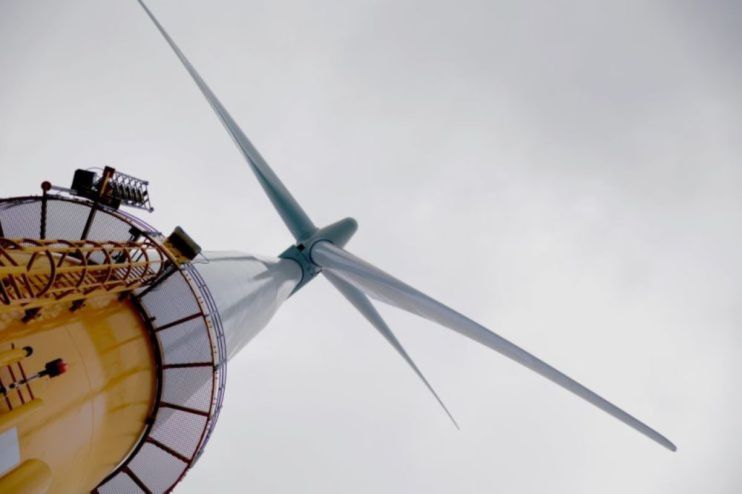Green projects dominate energy investment sector, new report suggests

Low carbon projects will represent the majority of investments in the global energy sector this year, a new survey predicts.
Fresh research from the Long-Term Infrastructures Investors Association (LTIIA) – in partnership with PwC Luxembourg – calculates that 61 per cent of funding in the global energy sector in 2023 will be directed towards renewables, nuclear power, electric vehicles and improvements in energy efficiency.
The report’s findings, exclusively shared with City A.M., estimates there was an 18.5 per cent increase in infrastructure assets under management between 2019 and 2022.
Overall, the share of fundraising by infrastructure funds linked totally or partially to renewable energy has grown to 92 per cent, LTIIA estimates.
This means renewable funds represented up to $132bn out of a global total for infrastructure funds of $144bn worldwide last year.
The report highlights that, as the energy transition gains momentum, investors will face the challenge of more risk exposure, with renewable energy having a higher risk premium than other sectors.
However, those emerging risks have yet to be reflected in the investors’ return requirements and their business models, the LTIIA argued.
Francois Bergere, executive director at the LTIIA, argued that net zero remains immensely challenging and that governments needed to ensure a strong investment climate for the private sector.
He said: “Despite the continuous growth in global infrastructure investments supporting the energy transition, net zero goals remain challenging to attain, and we have yet to align with the necessary path to reach them.
“Governments cannot bear the financial burden of the energy transition on their own, making it even more crucial for the private sector to bridge the investment gaps. The growing awareness and prevailing emphasis on ESG considerations in the asset management sector is already making the energy transition the dominant global investment theme and prepares the ground for the required ramp-up, provided both public and private actors gear up to the challenge.”